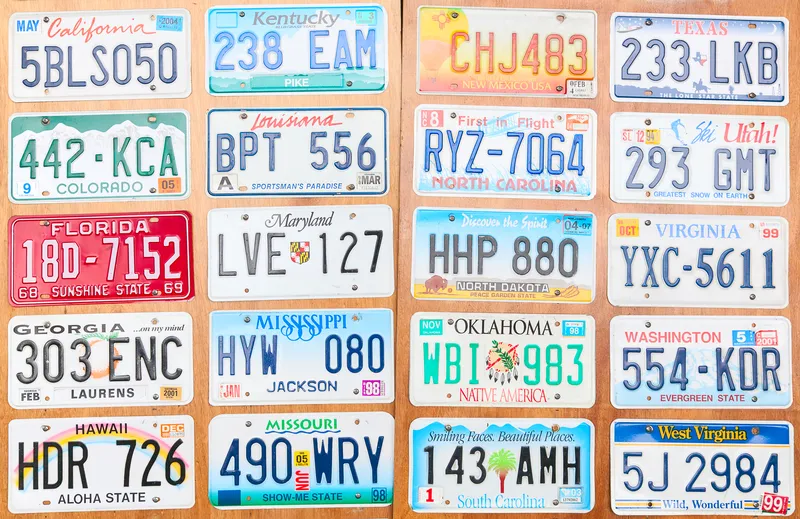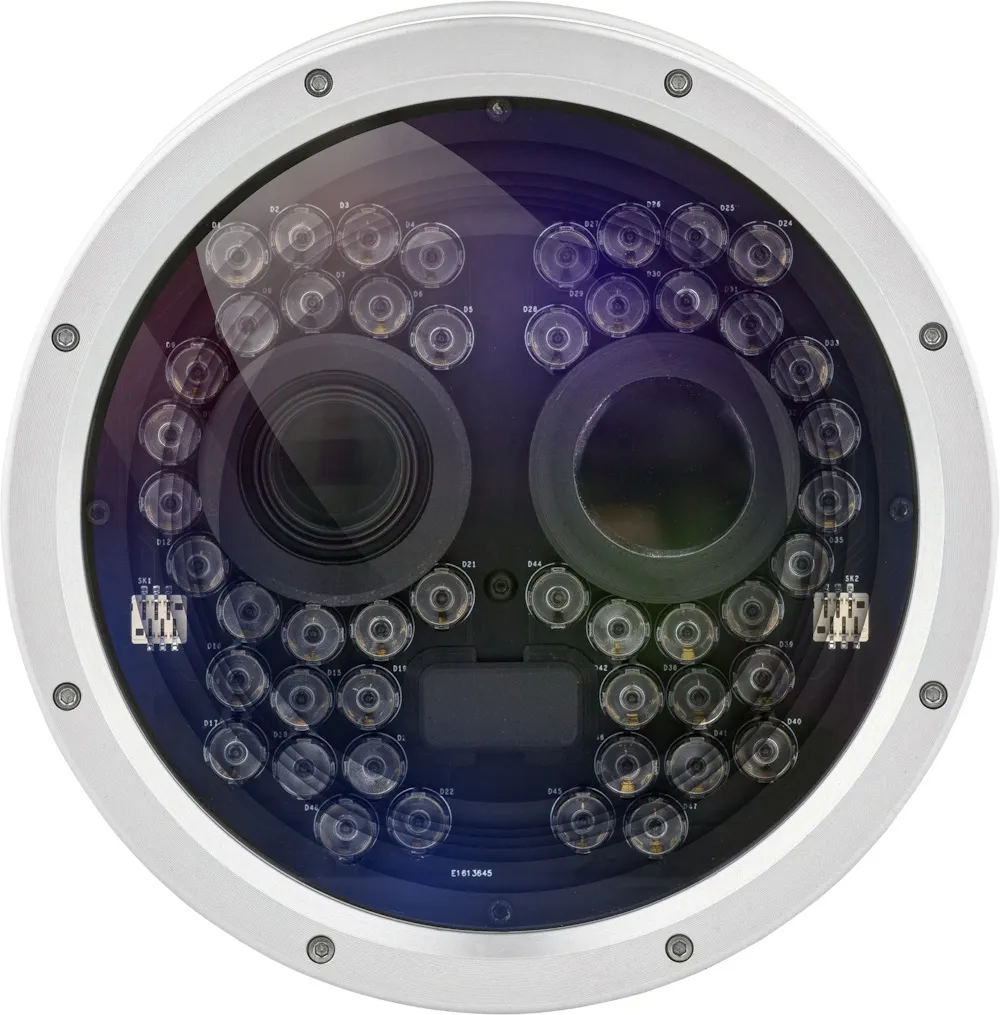
Kapsch TrafficCom has upgraded its automatic number plate recognition (ANPR) engine for the US and Canada as part of its tolling offering, with deployment in several projects underway.
The company introduced regional ANPR engines in Europe and Australia in 2023.
“A newly-developed deep neural network - specifically for North America - ensures precise identification of licence plates from 58 jurisdictions, including all mainland US states, Hawaii, Mexico, and the most relevant Canadian provinces,” explains Chris Jones, director of video transaction optimisation at Kapsch TrafficCom North America.
Unlike traditional project-specific engines, the new product "is designed to serve multiple projects across the region, offering unparalleled accuracy and reliability".
JB Kendrick, president at Kapsch TrafficCom North America, adds: “Our newest and most robust engine can accurately identify over 150 plate types, focusing on the most widely used designs and ensuring easy scalability to include additional types as needed."
It will reduce manual review costs by improving the percentage of plates read automatically and represents "a key building block for our existing and future roadside tolling clients", Kendrick says.
The company says North America presents "unique challenges" for ANPR systems because of the sheer variety of licence plate designs, syntaxes and allowed characters. The new ANPR engine has been "meticulously trained" to handle this complexity, the manufacturer insists.









